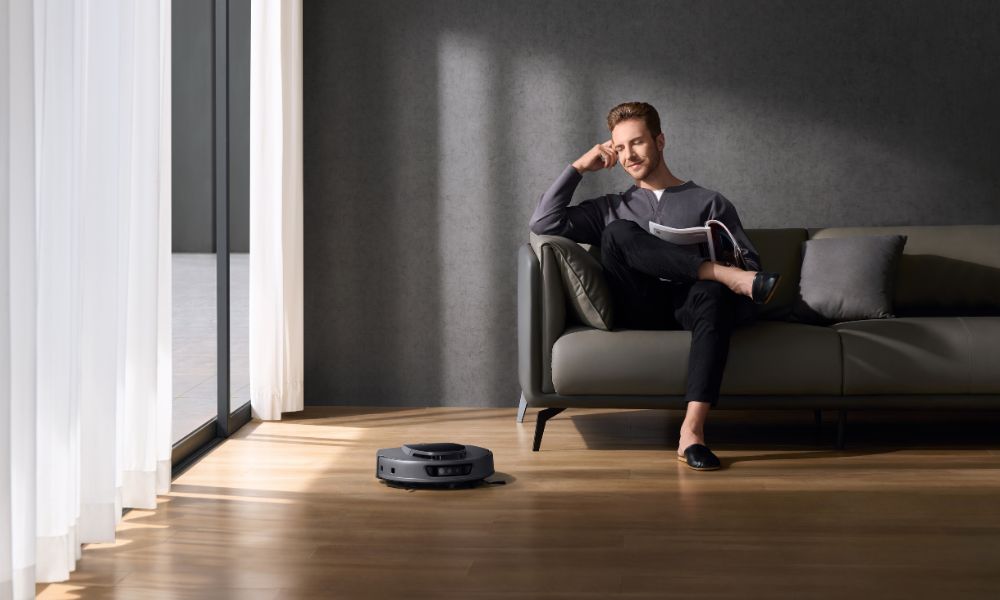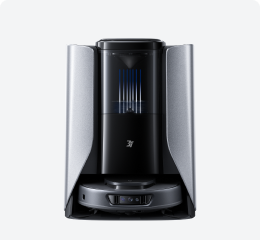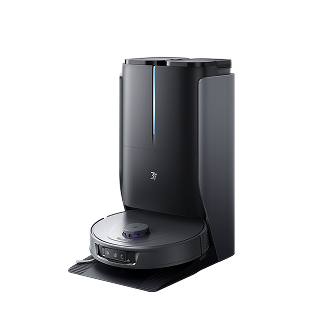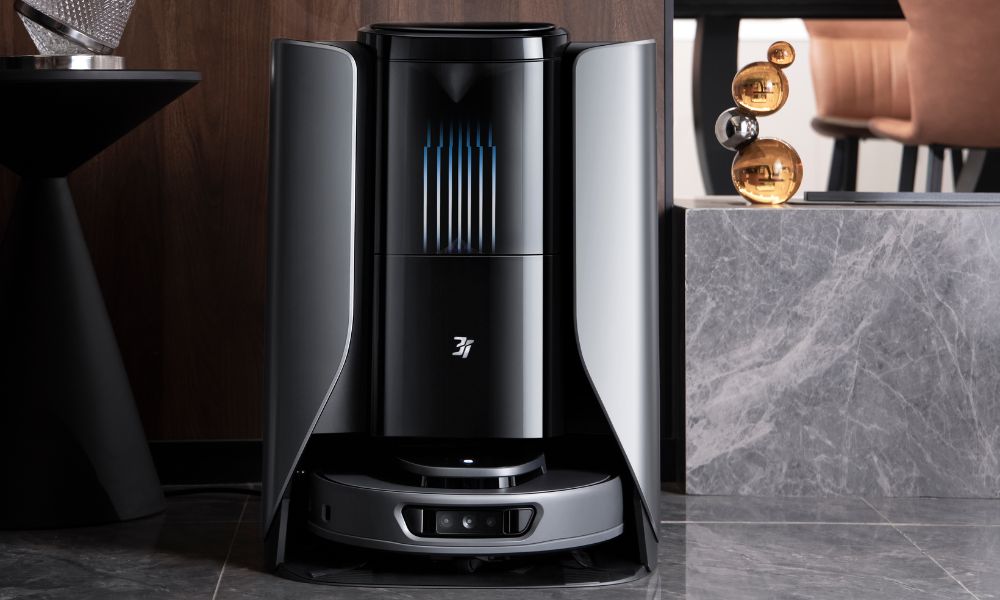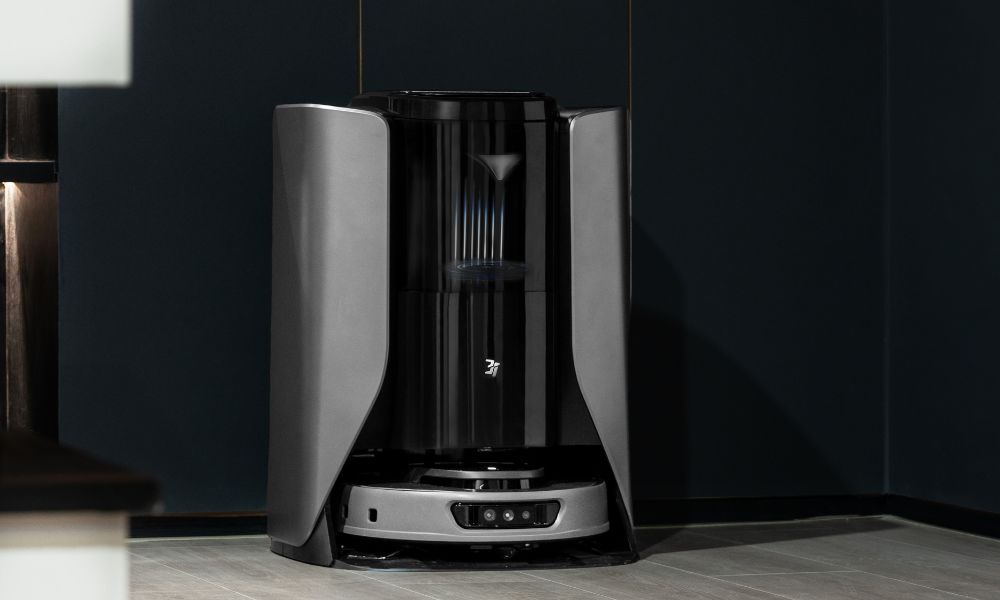Robot vacuums are a convenient way to keep your home clean, but like all appliances, they have a limited lifespan. But the lifespan of a vacuum and carpet cleaner depends on factors like usage, maintenance, and the quality of the model. If properly cared for, a robot vacuum can last between 3 and 5 years.
Below, we'll discuss the key factors that affect the lifespan of a robot vacuum and share some tips to help you get the most out of your device.
How Long Do Different Robot Vacuum Types Last?
The lifespan of a robot vacuum cleaner varies depending on the type, brand, and maintenance. Here are the lifespans of common robot vacuum cleaners:
1. Basic Robot Vacuums: Basic models are affordable and generally last about 3 years. Because they are simpler in design and have fewer features, they are subject to more wear and tear. Therefore, regular maintenance can help extend their lifespan.
2. Mid-range Robot Vacuums: These vacuums last about 4 to 5 years and have a good balance of features and performance. They have better sensors and longer battery life, and they will remain efficient as long as they are properly cared for and maintained regularly.
3. High-end Robot Vacuums: Premium models can last up to 5 years or more, thanks to advanced features and solid build quality. For example, 3I's S10 Robot Vacuum offers powerful suction and excellent navigation. In addition, with regular maintenance, such as changing the battery, they can last longer.

What Factors Influence Sweeping Robot Lifespan?
There are several factors that affect the lifespan of the best vacuum cleaners, and knowing these factors can help you extend its lifespan.
Battery Life
Batteries are a critical component of your robot vacuum, and their lifespan shortens with frequent use and charging habits. If you want to extend the life of your battery, avoid overcharging or deep discharging, and follow the manufacturer's charging recommendations.
Regular Maintenance
Regularly cleaning your robot's brushes, filters, and wheels helps prevent dust and debris from building up, reducing the strain on the motor. This maintains the robot's performance and prevents excessive wear and tear that can shorten its lifespan.
Build Quality and Components
The overall quality of the robot and the durability of its internal components, such as motors, sensors, and wheels, directly impact its lifespan. Additionally, robots with higher-quality parts tend to last longer and have fewer breakdowns.
Frequency of Use
The more frequently a robot is used, the faster it wears out. Frequent use leads to more frequent maintenance needs, so balancing use and avoiding overuse can extend the lifespan of your robot.
Floor Type and Cleaning Conditions
Robot vacuums perform differently on different floor types. Hard floors experience less wear, while carpets trap dust and hair in brushes and filters, requiring more frequent cleaning and maintenance.
Environmental Factors
Dust, moisture, and extreme temperatures can negatively impact a robot's performance. Therefore, it is recommended to place the robot in a dry and clean environment and store it properly when not in use, which will help extend its service life.
How to Extend Your Robot Vacuum's Life?
Clean Brushes and Filters Regularly
Hair and dust can easily clog brushes and filters, reducing the efficiency of your vacuum and carpet cleaner. By cleaning them regularly, you can prevent wear on the motor and maintain strong suction. It is recommended to clean the brushes and filters at least once a week, especially if you have pets. This simple task will extend the life of your robot.
Charge Properly
Follow the manufacturer's charging guidelines to avoid damaging the battery. Do not overcharge, as this will shorten the life of the battery, and it is also best not to let the battery completely drain before charging. Using the correct charging method will maintain the efficiency of your vacuum cleaner and extend the battery life.
Check for Obstructions
Before each cleaning, clear the area of small objects such as wires, toys, or fringed carpets. These objects can get tangled in the robot's wheels or brushes, causing it to stop or damage the motor. A tidy environment ensures smoother operation and prevents unnecessary wear on the vacuum cleaner parts.
Update Software and Firmware
Manufacturers often release firmware updates to fix bugs and improve cleaning efficiency. These updates can also help optimize the battery. So regular updates will ensure that your self-empty robot vacuum remains functional and in top condition.
Perform Regular Maintenance
Inspect the robot's wheels, sensors, and internal parts for wear. Clean the sensors to ensure accurate navigation and remove any debris from the wheels. Regular inspections are recommended at least once a month to prevent malfunctions and keep your vacuum cleaner parts in good performance.
Store Properly
When not in use, store the self-empty robot vacuum in a cool, dry place and avoid exposing it to extreme temperatures or humidity, as these can damage the battery and other components. If you are storing it for a long time, charge the battery to about 50%. In addition, proper storage can prevent unnecessary damage and keep your vacuum cleaner ready for use.

How Often Should You Replace a Robot Vacuum?
The frequency of replacing your robot vacuum depends on several factors, such as how often it's used, the type of floors it cleans, and the overall quality of the vacuum. On average, robot vacuums last between 3 to 5 years. With regular maintenance, including cleaning the brushes, filters, and sensors, your vacuum can continue to perform well for several years. However, if you notice a significant drop in performance, such as weak suction, frequent malfunctions, or reduced battery life despite proper care, it may be time to consider a replacement.
Additionally, if your robot vacuum is no longer receiving software updates or is struggling to keep up with newer technology, it may be worth upgrading to a more advanced model. Newer robot vacuums come with enhanced features like better navigation systems, longer battery life, and more efficient cleaning capabilities. If your current model is no longer meeting your needs or is becoming difficult to maintain, replacing it may be the best option for optimal performance and convenience.
FAQs
Can you replace a battery in the robot vacuum?
Yes, most robot vacuums have replaceable batteries, and the process varies by model, but it's usually simple. Many robot vacuums have removable batteries that can be replaced simply by opening the battery compartment. You'll need to buy replacement batteries that are compatible with your specific vacuum model. If you're unsure, check the manufacturer's guide or user manual for instructions. If your vacuum no longer holds a charge, replacing the battery is an effective way to restore your vacuum's performance and help extend the life of your robot vacuum.
How do robot vacuums avoid certain areas?
Robot vacuums use a combination of sensors and software to avoid certain areas. Most current robot vacuums come with cliff sensors to detect edges, preventing them from falling down stairs or off ledges. They also use infrared or ultrasonic sensors to detect obstacles like furniture or walls, allowing them to navigate around those areas. In addition, some advanced models use mapping technology to create virtual boundaries or no-go zones through an app, allowing you to define specific areas that the vacuum should avoid. This smart navigation helps ensure that the robot vacuum cleans efficiently while avoiding unwanted areas.
Do robot vacuums damage hardwood floors?
No, a robot vacuum will not damage your hardwood floors if used properly. Most robot vacuums are designed with soft, non-abrasive wheels and brushes that are gentle on your floors. However, it is important to make sure the vacuum's brushes are clean and free of debris, as dirty or worn brushes can scratch your floors. Additionally, using a vacuum on floors that are too wet or have a lot of debris on them can cause problems. As long as you maintain your robot vacuum properly and use it on a dry, clean surface, it will not damage your hardwood floors.
Related Reading: Can you use a robot vacuum in the bathroom?



